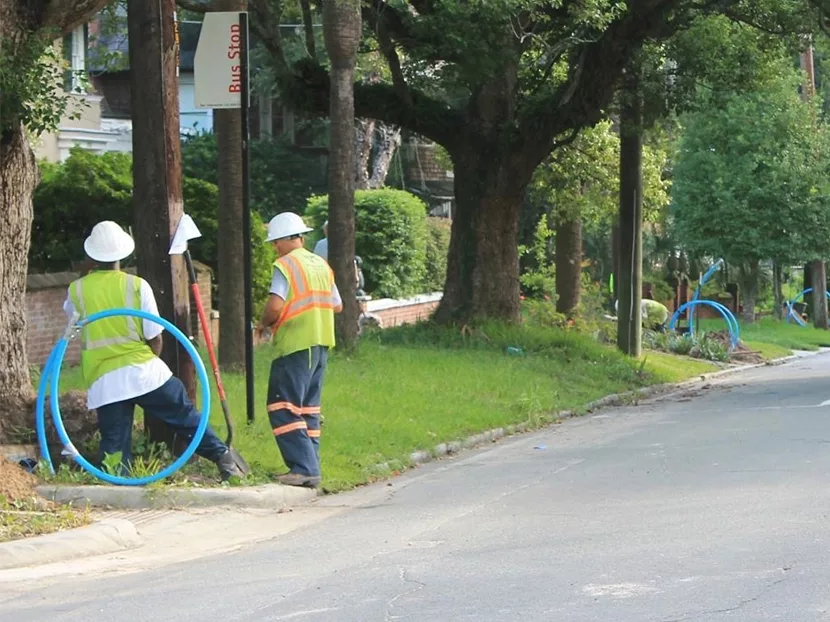With the possibility of tighter rules limiting the amount of permissible lead in water pipes looming, the Plastics Pipe Institute (PPI) issued an overview for dealing with the deteriorating pipes and enabling communities to implement a program to eliminate the problem. The proposed Environmental Protection Agency (EPA) update would lower the permissible lead limit and require utilities to map all service lines containing lead.
“The impact of this change to a 10 parts per billion (ppb) trigger level would increase and accelerate the number of water supply lines that need to be replaced,” said Camille George Rubeiz, P.E., F. ASCE, senior director of engineering of PPI’s Municipal and Industrial Division. “According to the EPA, water systems above 15 ppb would be required to annually replace a minimum of three percent of the number of known or potential lead service lines in the inventory when the level is detected. The EPA established the Lead and Copper Rule (LCR) to protect public health and reduce exposure to lead and copper in drinking water.
“Cost and time are certainly paramount in any community’s plan. Both can be addressed with the use of high-density polyethylene (HDPE) pipe per AWWA C901 and the PPI document - Polyethylene Piping Systems Field Manual for Municipal Water. Unfortunately, certain utilities have outdated information and incorrectly select traditional materials that created this problem. We’d like to help and provide the resources they need to evaluate the HDPE pipe alternative. HDPE is lead-free, meets or exceeds environmental and health effects standards, and contains no additives that can be transferred to the water to affect taste or odor.”
With heat-fused joints and service saddles, tees and other connections, HDPE pipe is also corrosion resistant, does not promote tuberculation, and can be installed using cut-and-cover and trenchless methods. The pipe has high flexibility, a tight bending radius, high impact resistance, high ductility, long fatigue life, self-restrained joints that do not require thrust blocks. According to PPI, this makes HDPE the preferred material for the major trenchless installation methods such as sliplining, horizontal directional drilling (HDD), Swagelining and pipe bursting. Long continuous segments of HDPE pipe are fused together per ASTM standards (F2620, F3190) and installed with HDD as detailed in ASTM standard F1962, PPI Boreaid software and in the PPI PE Handbook.
“Plus, HDPE has superior resistance to earth movements, frost, water hammer and earthquakes. Also, properly designed and installed HDPE protects the utility budget and eliminates the financial losses due to none-revenue water,” Rubeiz said.
Rubeiz went on to explain that partial replacement of lead water pipe can worsen the problem. “While the primary source of lead leaching into the water system is from the corroding pipe, crews digging and cutting the pipe can cause more lead scale to flake off and enter the system. In addition to that, connecting a new copper line to an old lead line actually causes a chemical reaction creating a galvanic cell. The resulting corrosion adds more leachate into a system. The solution is to replace the entire system, and using HDPE pipe can be one alternative.”
The PPI Municipal and Industrial Division has a webpage devoted to lead challenges and solutions: www.plasticpipe.org/municipal_pipe/mid-lead-pipe-solutions.html.





